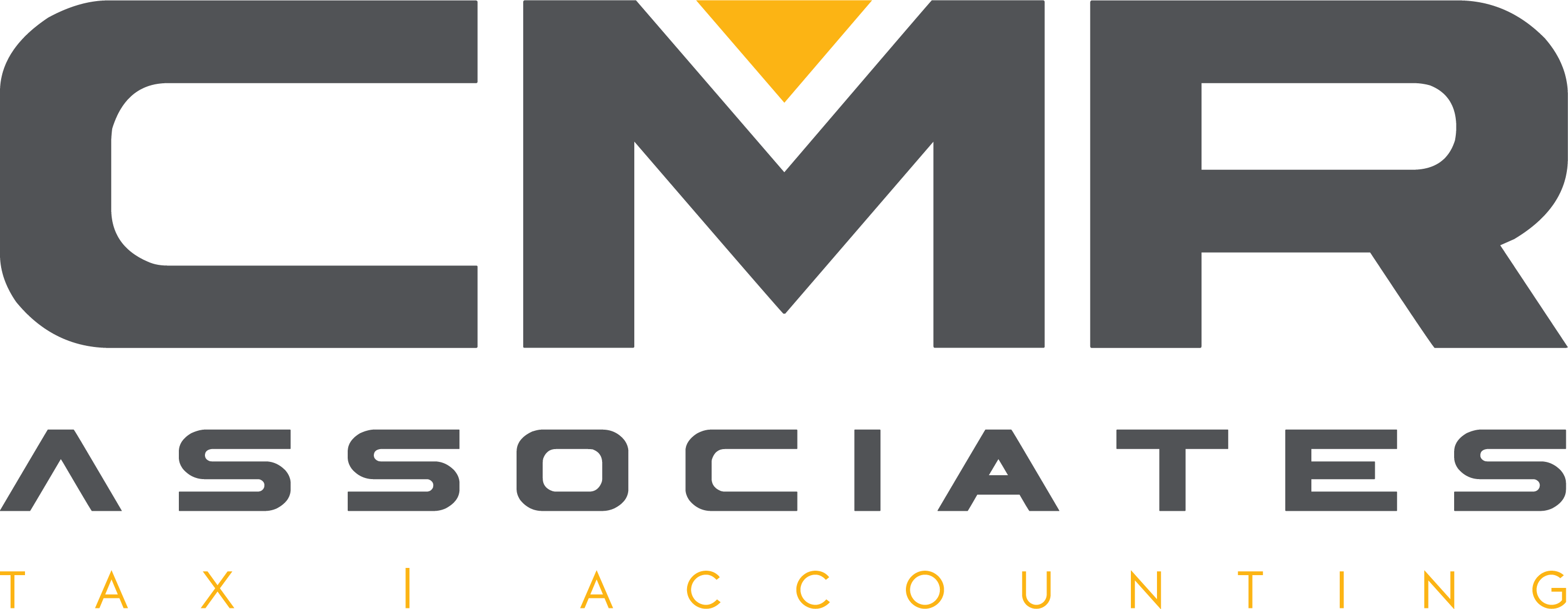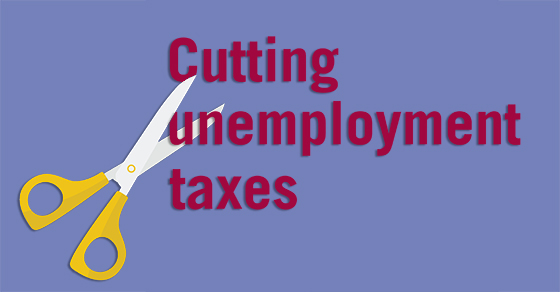Put your audit in reverse to save sales and use tax
It’s a safe bet that state tax authorities will let you know if you haven’t paid enough sales and use taxes, but what are the odds that you’ll be notified if you’ve paid too much? The chances are slim — so slim that many businesses use reverse audits to find overpayments so they can seek refunds.
Take all of your exemptions
In most states, businesses are exempt from sales tax on equipment used in manufacturing or recycling, and many states don’t require them to pay taxes on the utilities and chemicals used in these processes, either. In some states, custom software, computers and peripherals are exempt if they’re used for research and development projects.
This is just a sampling of sales and use tax exemptions that might be available. Unless you’re diligent about claiming exemptions, you may be missing out on some to which you’re entitled.
Many businesses have sales and use tax compliance systems to guard against paying too much, but if you haven’t reviewed yours recently, it may not be functioning properly. Employee turnover, business expansion or downsizing, and simple mistakes all can take their toll.
Look back and broadly
The audit should extend across your business, going back as far as the statute of limitations on state tax reviews. If your state auditors can review all records for the four years preceding the audit, for example, your reverse audit should encompass the same timeframe.
What types of payments should be reviewed? You may have made overpayments on components of manufactured products as well as on the equipment you use to make the products. Other areas where overpayments may occur, depending on state laws, include:
- Pollution control equipment and supplies,
- Safety equipment,
- Warehouse equipment,
- Software licenses,
- Maintenance fees,
- Protective clothing, and
- Service transactions.
When considering whether you may have overpaid taxes in these and other areas, a clear understanding of your operations is key. If, for example, you want to ensure you’re receiving maximum benefit from industrial processing exemptions, you must know where your manufacturing process begins and ends.
Save now and later
Reverse audits can be time consuming and complicated, but a little pain can bring significant gain. Use your reverse audit not only to reap tax refund rewards now but also to update your compliance systems to help ensure you don’t overpay taxes in the future.
Rules and regulations surrounding state sales and use tax refunds are complicated. We can help you understand them and ensure your refund claims are properly prepared before you submit them.
Tax Accounting and Business Consulting for Metairie, Louisiana
Industry Specific Accounting
Metairie CPA Services
Metairie CPA News
Tax Accounting and Business Consulting for Mandeville, Louisiana
Industry Specific Accounting
Mandeville CPA Services
Mandeville CPA News
Tax Accounting and Business Consulting for Baton Rouge, Louisiana
Industry Specific Accounting
Baton Rouge CPA Services
Baton Rouge CPA News
Tax Accounting and Business Consulting for Covington, Louisiana
Industry Specific Accounting
Covington CPA Services
Covington CPA News
Mandeville Notary Public Services
Madisonville Notary Public Services
Covington Notary Public Services





